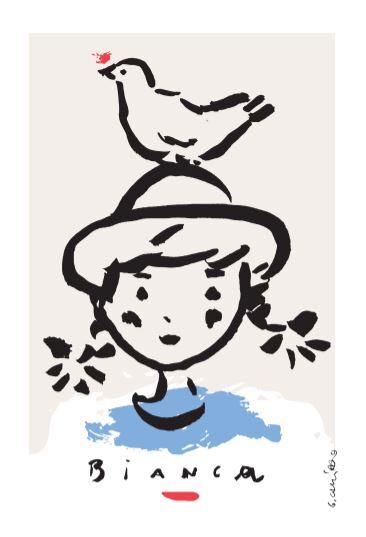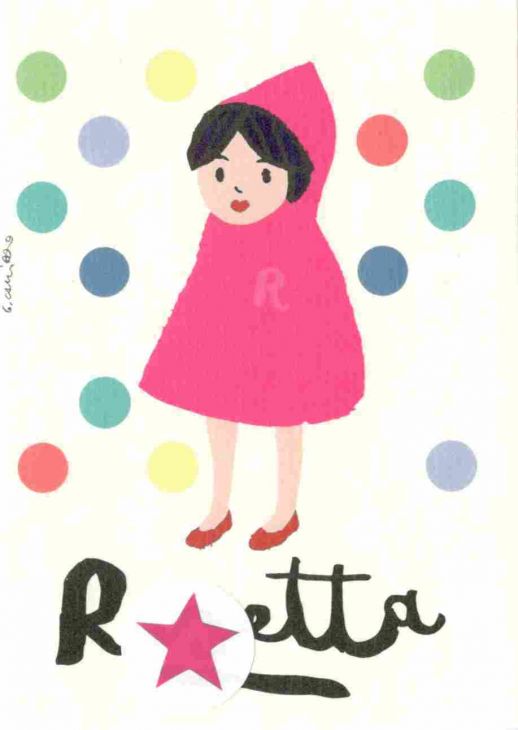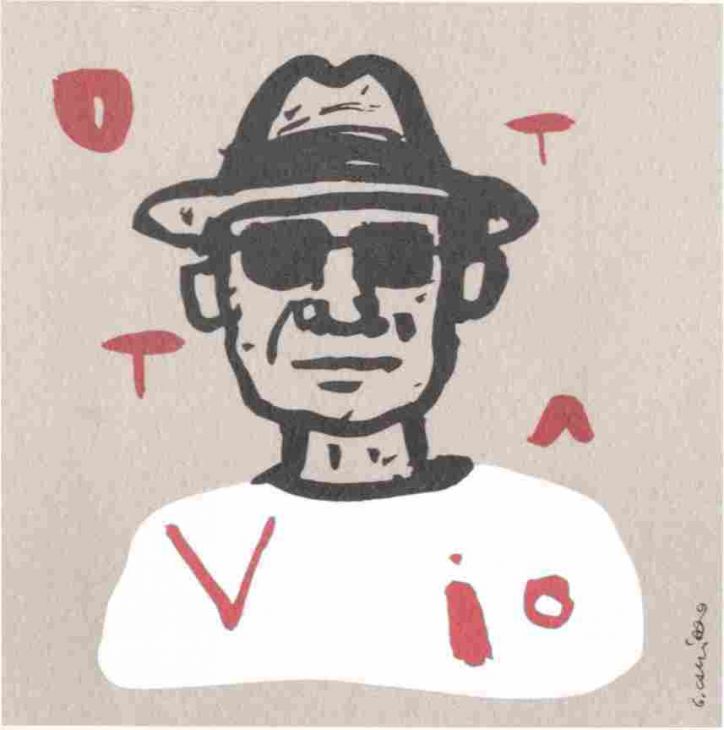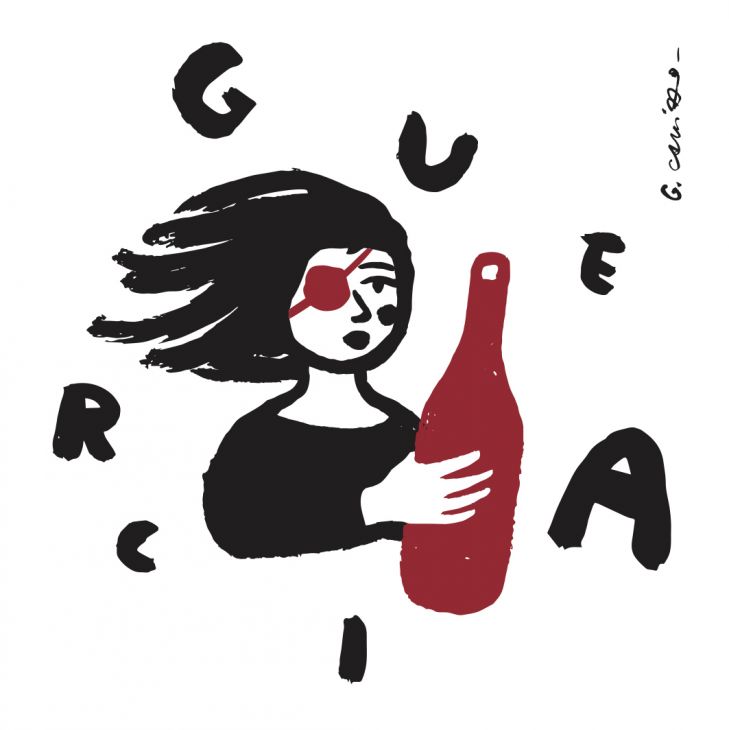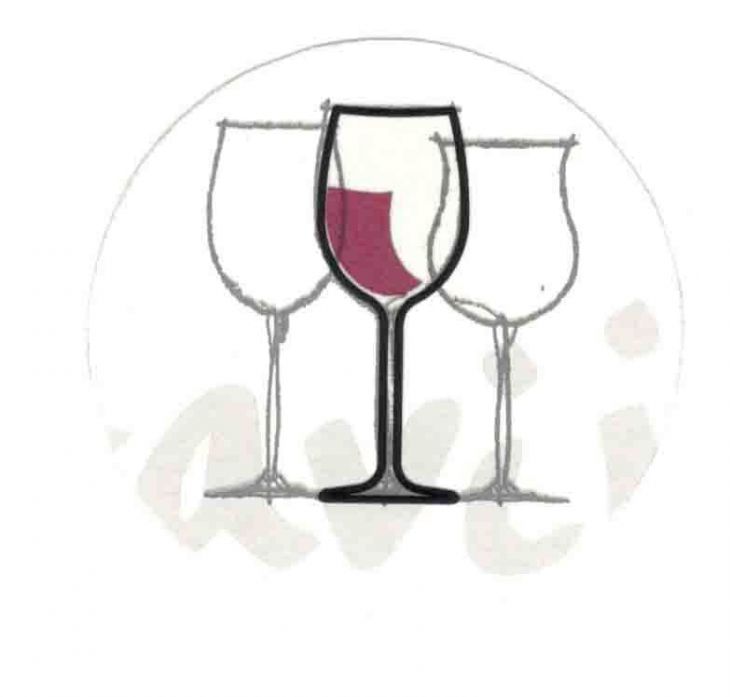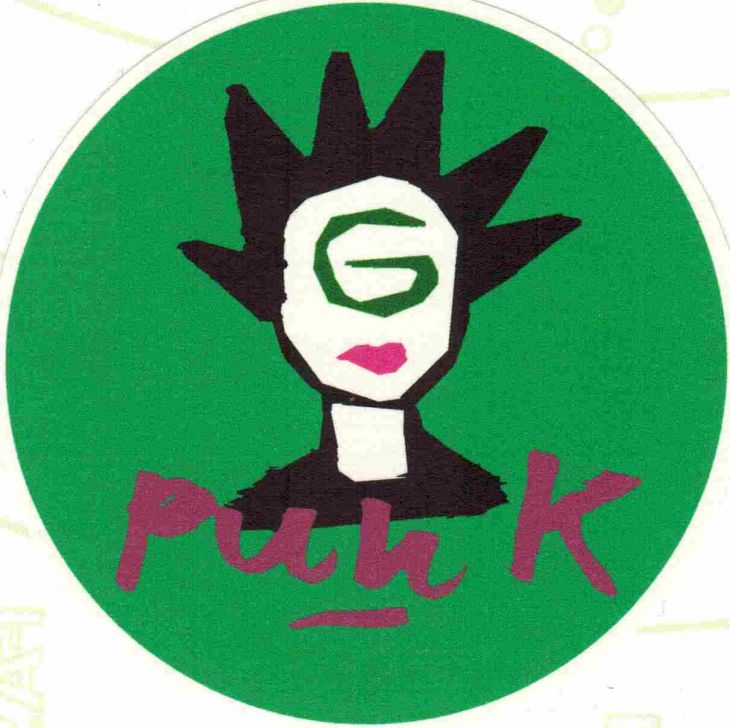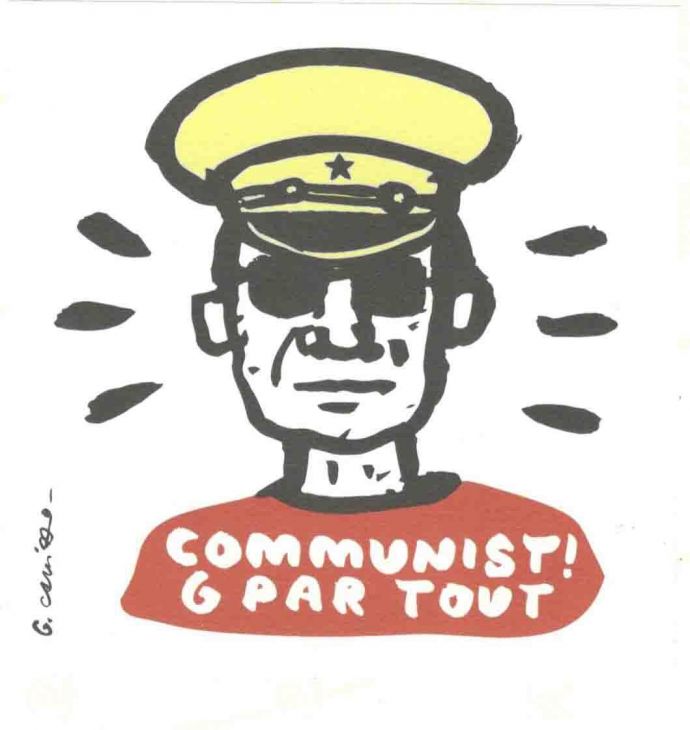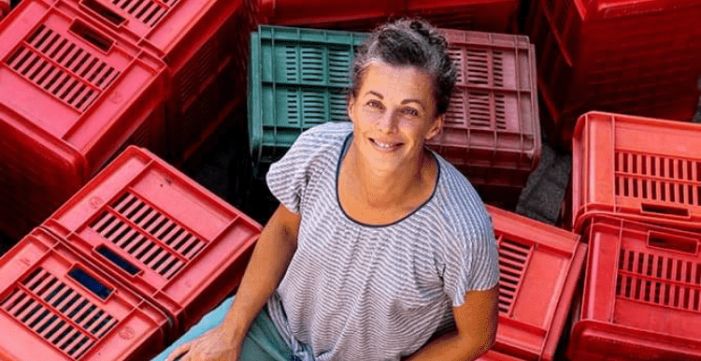
producer profile
28.06.2019
Cascina 'Tavijn Producer Profile
<p>Nadia Verrua, la padronina of Cascina 'Tavijn, works in a long forgotten area in the <glossary title="1161">Asti</glossary> province of <span class="zalup"><span><glossary title="793">Piemonte</glossary><span>.</span></span></span> Fortunately it is a region blessed with unique <glossary title="1071">varieties </glossary>brimming with personality.</p>
<p>Despite the small size of the property (approximately seven <glossary title="523">hectares</glossary> including new plantations not yet in production), Nadia is quite ambitious and experimental, producing an increasingly diverse amount of wines each year in accordance to her <span class="zalup"><span><glossary title="521">harvests</glossary><span>.</span></span></span> The three main grapes of the area are <span class="zalup"><span><glossary title="138">Barbera</glossary><span>,</span></span></span> <glossary title="510">Grignolino</glossary> and <span class="zalup"><span><glossary title="881">Ruché</glossary><span>.</span></span></span> The latter two are native, <glossary title="1139">indigenous</glossary> <glossary title="1071">varietals</glossary> of the area and have recently seen a cultish rise in popularity.</p>
<p><glossary title="510">Grignolino</glossary> is a grape that makes a pale, light red of garnet color and, when finely made, shows the characteristic bitter cherry or amarena, flavors that goes well with lighter first courses of dried sausages and hard cheeses, like well-aged asiago. <span class="zalup"><span><glossary title="881">Ruché</glossary><span>,</span></span></span> on the other hand, produces a wine of saturated purple with plum notes and rose petal aromas. It is made to be drunk young and, again is a perfect wine for salumi, dried meats like bresaola or dried cacciorini and hard, aged cheeses. <span class="zalup"><span><glossary title="138">Barbera</glossary><span>,</span></span></span> while found throughout <span class="zalup"><span><glossary title="793">Piemonte</glossary><span>,</span></span></span> is common here and offers a more rustic counterpoint to the wines of the region.</p>
<p>At the helm of the <glossary title="427">estate</glossary> for well over a decade, Nadia is still aided by her parents Ottavio and Teresa. In her early years, she produced wines under the region's <glossary title="1156">DOC</glossary> and <glossary title="396">DOCG</glossary> labels, but has progressively abandoned these designations to free herself of their limitations. Her three historic wines still remain each year, albeit with new identities. The <glossary title="510">Grignolino</glossary> has now been dubbed "Ottavio" after her father, the <glossary title="881">Ruché</glossary> is called "Teresa" after her mother and "La Bandita" is the <glossary title="427">estate</glossary>'s <span class="zalup"><span><glossary title="138">Barbera</glossary><span>.</span></span></span> It's also self referential to Nadia, who is depicted on the <glossary title="573">label</glossary> wearing a Zorro mask.</p>
<p>Nadia has also started making wines from <span class="zalup"><span><glossary title="341">Cortese</glossary><span>,</span></span></span> <span class="zalup"><span><glossary title="698">Moscato</glossary><span>,</span></span></span> <glossary title="1214">Slarina</glossary> and <span class="zalup"><span><glossary title="1215">Freisa</glossary><span>.</span></span></span> Some are purchased fruit from friends, some are from inherited or purchased <glossary title="760">parcels</glossary> and others still are from <glossary title="1130">young vines</glossary> she has planted herself. Special bottlings of <span class="zalup"><span><glossary title="510">Grignolino</glossary><span>,</span></span></span> <glossary title="881">Ruché</glossary> and <glossary title="138">Barbera</glossary> are now increasingly common, including a <span class="zalup"><span><glossary title="1216">ripasso</glossary><span>,</span></span></span> one-off <glossary title="185">bottlings</glossary> highlighting <glossary title="1026">soil differences</glossary> or even the same grapes <glossary title="1104">vinified</glossary> differently in the same <span class="zalup"><span><glossary title="1109">vintage</glossary><span>.</span></span></span> All these ideas are colorfully brought to life by the <glossary title="573">label designs</glossary> of Gianluca Cannizzo, the tongue in cheek designer behind <a href="http://mypostersucks.com/">My Poster Sucks.</a> </p>
<p>The grapes are <glossary title="520">hand harvested</glossary> and for the most part <glossary title="1104">vinified</glossary> in large <glossary title="242">casks</glossary> or <glossary title="184">botti</glossary> of <strong><span class="zalup"><span><glossary title="962">slavonian oak</glossary><span>,</span></span></span> </strong>though<strong> </strong><glossary title="986">stainless steel</glossary><glossary title=""></glossary> and <glossary title="445">fiberglass</glossary> tanks are also used in plentiful <glossary title="1109">vintages</glossary> and for nascent experiments. Over the last decade, Nadia has increasingly pushed herself to limit or eschew the use of <span class="zalup"><span><glossary title="993">SO2</glossary><span>.</span></span></span> Today her philosophy is to to not use any if possible. If need be, she will add a small amount after <span class="zalup"><span><glossary title="622">malolactic fermentation</glossary><span>,</span></span></span> a critical moment in her winery where over-active <glossary title="1128">yeasts</glossary> occasionally continue eating elements of the wines. </p>
Article

article
13.01.2021
Video: A Day in the Life of Nadia Verrua
<p><iframe allow="autoplay; fullscreen" allowfullscreen="" frameborder="0" height="360" src="https://player.vimeo.com/video/499621153" width="640"></iframe></p>
<p><a href="https://vimeo.com/499621153">Cascina Tavijn_eng</a> from <a href="https://vimeo.com/user6269360">mauro fermariello</a> on <a href="https://vimeo.com">Vimeo</a>.</p>
Article
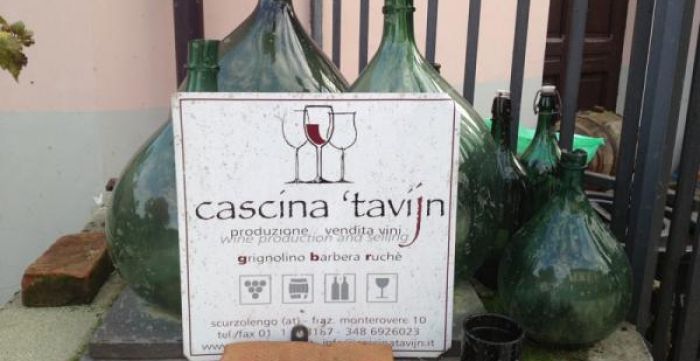
producer visit
17.07.2019
This visit to Cascina 'Tavijn took place in November, 2012
<p><strong><em>This visit to Cascina 'Tavijn took place in November, 2012.</em></strong></p>
<p><strong><em>Words by Jules Dressner, photos by Jake Halper and Josefa Concannon.</em></strong></p>
<p>Blame it on the Louis/Dressner obsession with rare, quirky varieties if you want, but I've always loved the Cascina 'Tavijn wines. The <glossary title="510">Grignolino</glossary> and <glossary title="881">Ruché</glossary> grapes are always so vibrant and fun in their youth, but are still capable of developing complexity with a few years of <span class="zalup"><span><glossary title="74">aging</glossary><span>.</span></span></span> The <glossary title="427">estate</glossary> is also part of our Italian "Gang of Four" (don't sue us Kermit!), the first group of Italian growers we started importing along with Vittorio Bera, Cascina Degli Ulivi and La Biancara. <br />
<br />
Nadia Verrua is 'Tavijn's BOSS.<br />
<br />
<img src="http://louisdressner.com/uploads/images/article/2019_Jul_17//05/4c/054ca8839421a451681a090132fc026f.jpg" /><br />
<br />
The first independently bottled <glossary title="1109">vintage</glossary> was in 2001. Nadia took over the <glossary title="427">estate</glossary> from her father, who had always sold the grapes to the <span class="zalup"><span><glossary title="252">cave cooperative</glossary><span>.</span></span></span> At first she only handled the <glossary title="254">cellar</glossary> work, but has progressively become completely hands on in the vines. The <glossary title="427">estate</glossary> is of modest size, with six<font color="#7b143e"><strong> <glossary term="Hectare" title="523">hectares</glossary></strong></font> of vines and four<font color="#7b143e"><strong> <glossary term="Hectare" title="523">hectares</glossary></strong></font> of hazelnut trees planted at the bottom of hill. <br />
<br />
<img src="http://louisdressner.com/uploads/images/article/2019_Jul_17//49/f7/49f7ff9c2dd959951fb859eddfe0acbf.jpg" /><br />
<br />
We arrived in the early afternoon and immediately set out to the vines. After a much steeper uphill climb than any of us expected, the damn paparazzi started trying to take pictures of us.</p>
<p><img src="http://louisdressner.com/uploads/images/article/2019_Jul_17//7a/76/7a76ecae0a356fcec19d103515477ed5.jpg" /></p>
<p><img src="http://louisdressner.com/uploads/images/article/2019_Jul_17//05/13/0513381864c7e660e864176a34cd2ce0.jpg" /><br />
<br />
The fall colors were in full swing. </p>
<p><img src="http://louisdressner.com/uploads/images/article/2019_Jul_17//87/f9/87f9c2f99b4ef749a6c2426af3c01c1d.jpg" /></p>
<p><img src="http://louisdressner.com/uploads/images/article/2019_Jul_17//9e/5b/9e5b02a63e7124d8b79002d419b9a06b.jpg" /></p>
<p><img src="http://louisdressner.com/uploads/images/article/2019_Jul_17//e8/a8/e8a8135be4758d633fa967035b287239.jpg" /><br />
<br />
The first <glossary title="760">parcel</glossary> we visited was southwest facing <glossary title="881">Ruché</glossary> planted in 2001, followed by <span class="zalup"><span><glossary title="510">Grignolino</glossary><span>.</span></span></span> Some of this land has been replanted in <glossary title="941">massale</glossary> since 2001, which has proven to be a challenge since very few growers still have have <glossary title="740">old vines</glossary> of these almost extinct varieties. <br />
<br />
Young vine <glossary title="510">Grignolino</glossary> was planted 2.5 years ago in <span class="zalup"><span><glossary title="941">massale</glossary><span>.</span></span></span></p>
<p><img src="http://louisdressner.com/uploads/images/article/2019_Jul_17//97/ef/97ef7e22b1e7547b62b07f40bdd7e0de.jpg" /></p>
<p>Walking downhill was a lot easier, and our tasting was accompanied by a large basket of recently harvested hazelnuts (which I ate a lot of). Every year, Nadia does two <glossary title="185">bottlings</glossary> of each <span class="zalup"><span><glossary title="363">cuvée</glossary><span>,</span></span></span> and we tried the second of <span class="zalup"><span><glossary title="510">Grignolino</glossary><span>,</span></span></span> <glossary title="881">Ruché</glossary> and <span class="zalup"><span><glossary title="138">Barbera</glossary><span>.</span></span></span> All were showing well. We also got to check out the <span class="zalup"><span><glossary title="254">cellar</glossary><span>.</span></span></span></p>
<p><img src="http://louisdressner.com/uploads/images/article/2019_Jul_17//44/ea/44ea0815927ef8126828029bd9b3cf07.jpg" /><br />
<br />
We finished with the<font color="#7b143e"><strong> </strong></font><glossary term="Sans Souffre" title="913">sulfur free</glossary> <glossary term="Bottling" title="185">bottlings</glossary> of each grape. Nadia produces these on a tiny scale, and it all ends up at her husband Pietro's restaurant <a href="http://www.ristoranteconsorzio.it/">Consorzio</a>. If you're ever in <glossary title="1033">Torino</glossary> for any reason whatsoever, you have no excuse not eating there. The food is incredible and the wine list is an impressive who's who of great Italian and French <span class="zalup"><span><glossary title="708">natural wines</glossary><span>.</span></span></span> Plus it's the only place to drink <glossary title="993">sulfur</glossary> free <glossary title="510">Grignolino</glossary> by the glass!<br />
<br />
We ate there on election night, and Pietro pulled out the big guns with this: </p>
<p><img src="http://louisdressner.com/uploads/images/article/2019_Jul_17//ed/0c/ed0c66a2c34485a44acb00c31d5fd0c7.jpg" /><br />
<br />
Drawn by a friend and local artist, this poster is a direct reference to <a href="http://louisdressner.com/producers/Vergano/">Mauro Vergano's Americano</a>.</p>
Article

harvest report
31.12.2020
2020 Harvest Pictures from Cascina 'Tavijn
<p><img src="https://louisdressner.com/uploads/images/article//846/b2/fd/b2fdd56da679cb83ed3d7096a8de61a1.jpg" /><img src="https://louisdressner.com/uploads/images/article//846/4d/e4/4de46c10fccfe3637fa1174d61c5c03a.jpg" /><img src="https://louisdressner.com/uploads/images/article//846/c9/7e/c97e1ca5e2e20723a99b4adac498d790.jpg" /><img src="https://louisdressner.com/uploads/images/article//846/8d/90/8d90e01fc161fcb325c2120f3a99f7fc.jpg" /><img src="https://louisdressner.com/uploads/images/article//846/71/0a/710a195284f97f88a24dfa66235bb102.jpg" /><img src="https://louisdressner.com/uploads/images/article//846/66/50/66503391b01deb9a2577cf6cc70d367c.jpg" /><img src="https://louisdressner.com/uploads/images/article//846/ad/5e/ad5e20b636a7c0487e82957dca93cd39.jpg" /></p>
Article
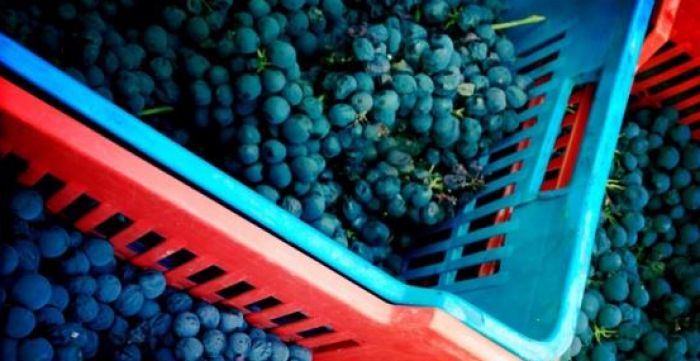
harvest report
16.10.2014
2014 Harvest Photos from Nadia Verrua
<p><u><strong> November 11th, 2014</strong></u></p>
<p><img src="http://louisdressner.com/uploads/images/article/2019_Sep_20//fa/fa/fafad7c9fff381e693e73d902928a513.jpg" /></p>
<p><img src="http://louisdressner.com/uploads/images/article/2019_Sep_20//f8/c8/f8c80c45a8942df4d59324cc3bdb497b.jpg" /></p>
<p><img src="http://louisdressner.com/uploads/images/article/2019_Sep_20//36/26/36263b3bcc519bef0bd186fd6261290f.jpg" /></p>
<p><img src="http://louisdressner.com/uploads/images/article/2019_Sep_20//66/fb/66fb8da30e908ac8898a2824e38c3a11.jpg" /></p>
<p><img src="http://louisdressner.com/uploads/images/article/2019_Sep_20//98/ab/98abd01612311be6d45f43919083025f.jpg" /></p>
<p><img src="http://louisdressner.com/uploads/images/article/2019_Sep_20//77/3f/773f1fe61a1bdf6d0446e047075a41c9.jpg" /></p>
<p><img src="http://louisdressner.com/uploads/images/article/2019_Sep_20//1b/b8/1bb87a4701b368b100203ddf3e25faa6.jpg" /></p>
<p><img src="http://louisdressner.com/uploads/images/article/2019_Sep_20//5a/9c/5a9c7e5ef6286922193528d797eb9d51.jpg" /></p>
<p><img src="http://louisdressner.com/uploads/images/article/2019_Sep_20//38/b0/38b0b0ccc81cf4cdd33aa10a1f18d721.jpg" /></p>
<p><img src="http://louisdressner.com/uploads/images/article/2019_Sep_20//c2/83/c28359eabd17441efbddbc6d43825d20.jpg" /></p>
<p><img src="http://louisdressner.com/uploads/images/article/2019_Sep_20//46/3d/463dc63ce99187b5ae6b5fe04e41f768.jpg" /></p>
<p><img src="http://louisdressner.com/uploads/images/article/2019_Sep_20//34/c1/34c1ac00a23abc28bb22aefeae60372c.jpg" /><img src="http://louisdressner.com/uploads/images/article/2019_Sep_20//cb/23/cb23e5d6ee802d5784bfbd3168b21dcc.jpg" /></p>
<p><img src="http://louisdressner.com/uploads/images/article/2019_Sep_20//73/b4/73b4e5009f13eb4662b42dcfb199feb5.jpg" /></p>
<p><img src="http://louisdressner.com/uploads/images/article/2019_Sep_20//06/ab/06abd61a1bc2c1a885bb3e9ffa4a8c7d.jpg" /></p>
<p><img src="http://louisdressner.com/uploads/images/article/2019_Sep_20//00/d4/00d45a3e392e55e2e060dd64e72935d0.jpg" /></p>
<p><img src="http://louisdressner.com/uploads/images/article/2019_Sep_20//bf/c7/bfc78d2812c3586b9d19b3f5ce891c55.jpg" /></p>
<p><img src="http://louisdressner.com/uploads/images/article/2019_Sep_20//ef/d0/efd038ddb87de44d8755c4493d0a20a6.jpg" /></p>
<p> </p>
<p> </p>
Article

harvest report
12.10.2013
2013 Harvest Report Video Set to Kanye West
<p><iframe allowfullscreen="" frameborder="0" height="360" src="//www.youtube.com/embed/KsaktHQ0eMs" width="640"></iframe></p>
Article
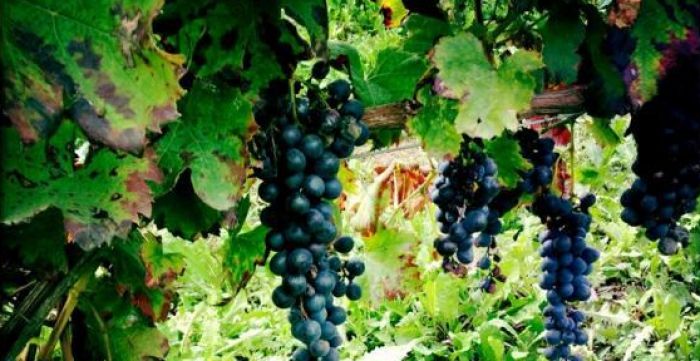
harvest report
06.10.2007
2007 Harvest Report from Nadia Verrua
<p><strong>October 6th, 2007:</strong></p>
<p>The <glossary title="521">harvest</glossary> went well...a little unusual, because of the heat and the early picking. We started on the 28th of August with the <glossary title="881">Ruché</glossary> and we continued in a zigzag fashion until the 16th of September.<br />
<br />
The degree of alcohol is a little high, but the wines seems to be balanced. The time on the skins is a little longer than in other years. The wine that stands out the most is the <span class="zalup"><span><glossary title="510">Grignolino</glossary><span>,</span></span></span> I find it different...</p>
Article
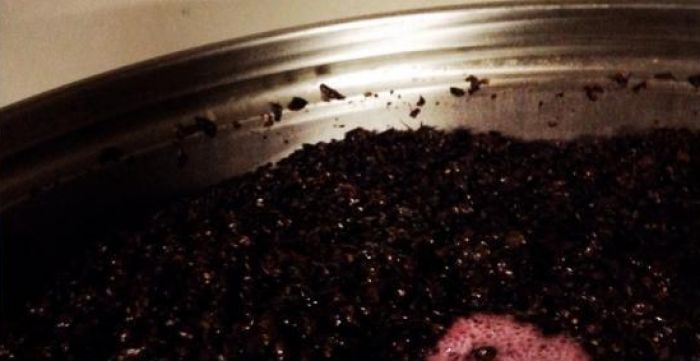
harvest report
03.10.2004
2004 Harvest Report from Nadia Verrua
<p>Finally the snow fell two times this year. “Let it fall,” my father said. After a summer as hot as 2003’s, the vines needed a deep sleep.<br />
<br />
And after the snow, the rain fell and renewed the soil from the previous year’s lengthy <span class="zalup"><span><glossary title="1167">drought</glossary><span>.</span></span></span> Over the Easter period the leaves <glossary title="1166">budded</glossary> as in every year when this miracle of nature recurs. The vines <glossary title="1179">flowered</glossary> at the end of May and bloomed twice. The fruit was abundant and the weather was calm, preventing any malady to prosper, except for a little difficulty with <glossary title="1137">mildew</glossary> that we were able to combat with timely <glossary title="328">treatments</glossary> of <span class="zalup"><span><glossary title="993">sulfur</glossary><span>.</span></span></span><br />
<br />
The summer was hot in the month of July, without humidity or temperatures as high as the previous year, saving us from any <glossary title="1136">hailstorms</glossary> in August that often occur in this critical month, and leaving the vines with plentiful <glossary title="1184">foliage</glossary> and the fruit to mature slowly.<br />
<br />
In some areas of the vineyards we thinned out grape <glossary title="1138">bunches</glossary> not in <span class="zalup"><span><glossary title="1396">veraison</glossary><span>,</span></span></span> because so much fruit would be too much stress for the vine and full <glossary title="639">maturation</glossary> could not be acheived. But the month of September was very fortunate -- the days very sunny and warm with light breezes. These alternated with very cool nights that allowed for a balanced <span class="zalup"><span><glossary title="639">maturation</glossary><span>.</span></span></span><br />
<br />
The <glossary title="521">harvest</glossary> began in full at the end of September. We started <glossary title="521">harvesting</glossary> the <span class="zalup"><span><glossary title="881">Ruché</glossary><span>,</span></span></span> then the <span class="zalup"><span><glossary title="510">Grignolino</glossary><span>,</span></span></span> and finally, in October, the <span class="zalup"><span><glossary title="138">Barbera</glossary><span>.</span></span></span> A little rain in the first days of October, did not stop the fine <glossary title="521">harvest</glossary> and we carried into the <span class="zalup"><span><glossary title="254">cellar</glossary><span>,</span></span></span> along with the full <glossary title="521">harvest</glossary> boxes, the hope of an excellent wine. Of course, the wine is less high in alcohol than last year and the <glossary title="71">acidity</glossary> is slightly higher, but the balance is better between the fruit and its components. Now the wine that we created is in the <glossary title="254">cellar</glossary> resting. And we are calm so that together with the vines we can enjoy the winter rest. This morning I was in the <glossary title="254">cellar</glossary> with my father, the 'Tavijn" himself (<strong>transl. note:</strong> "Tavijn" is Astigiano dialect diminutive for the name Ottavio) to taste the wine. A red wine lively and singing fills up the glass. “Ruché!” my father said, and it made me smile.</p>
Article


